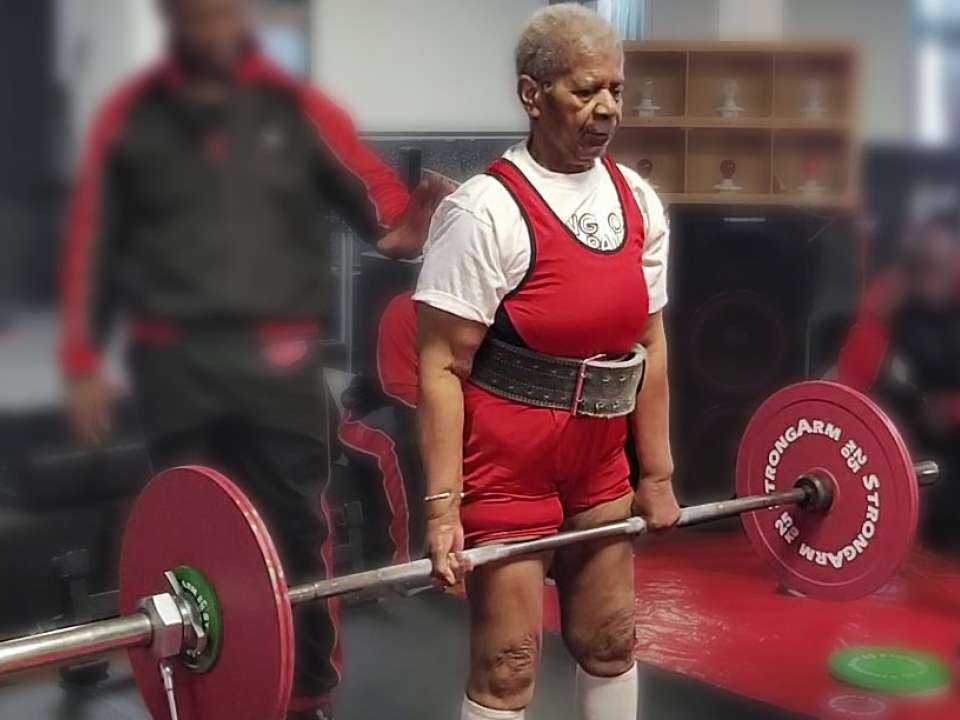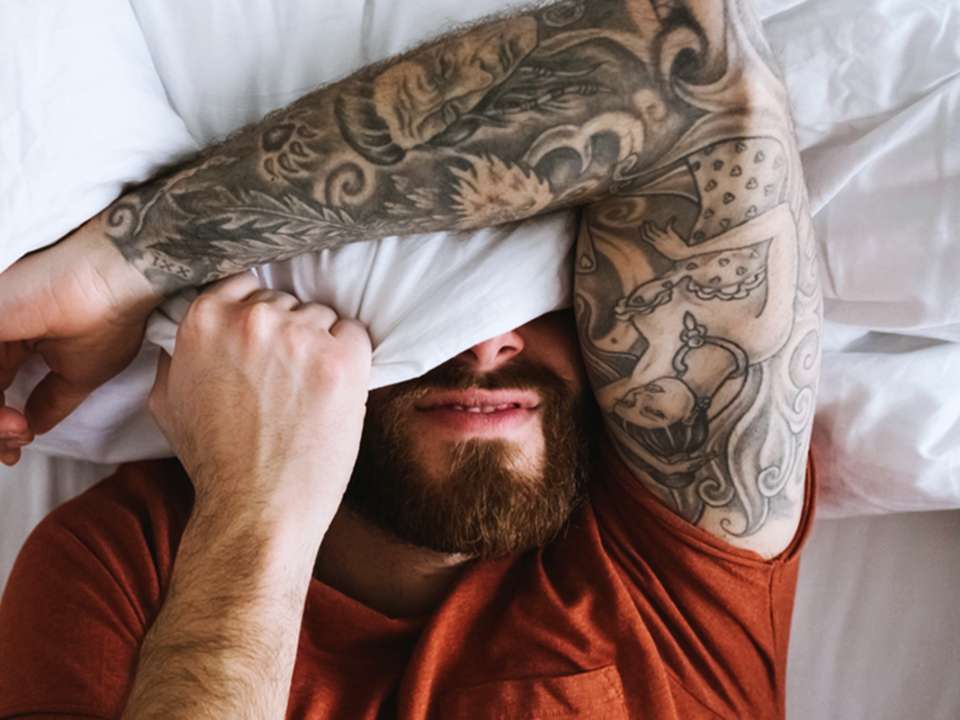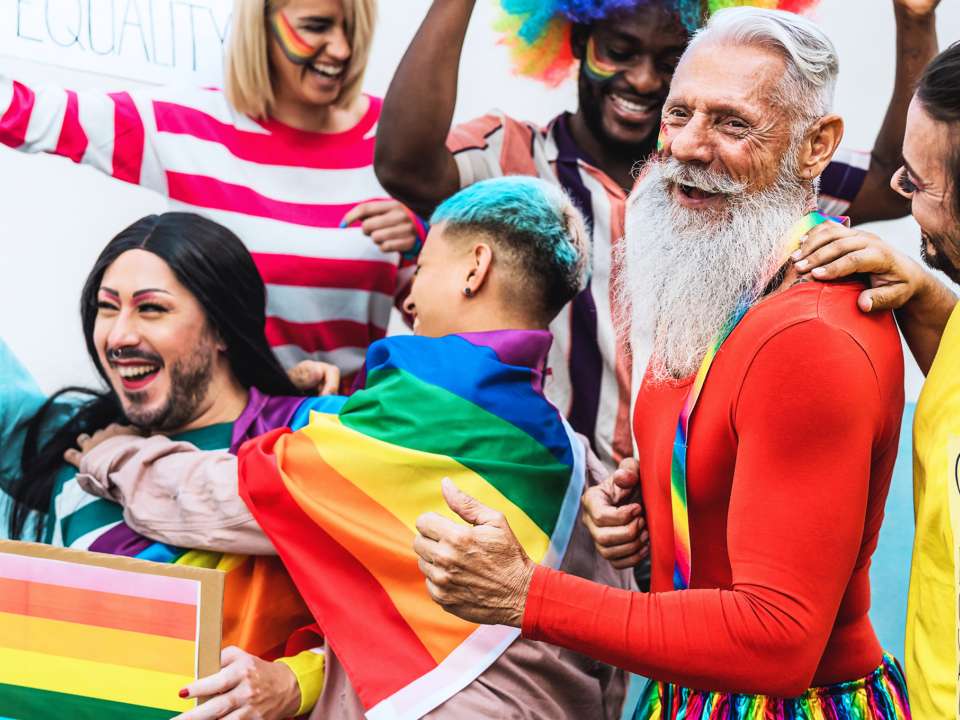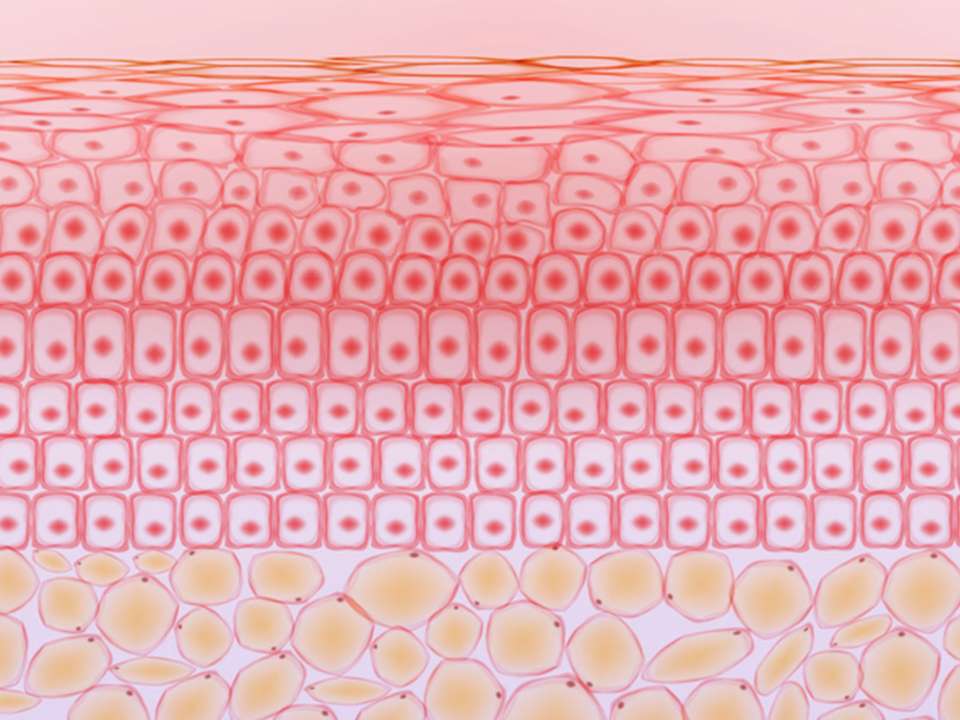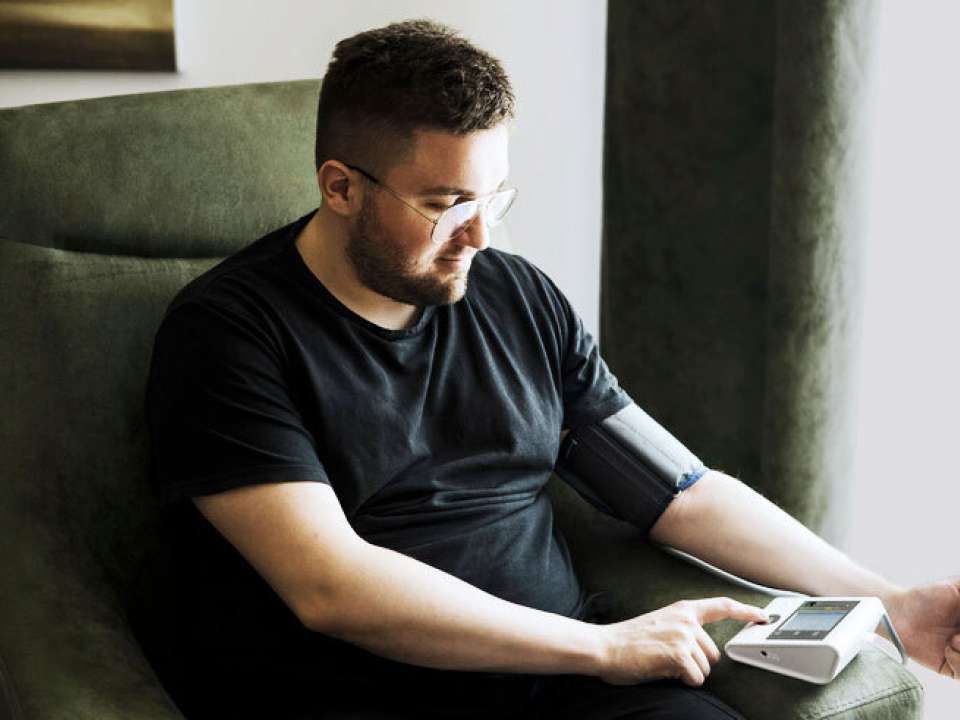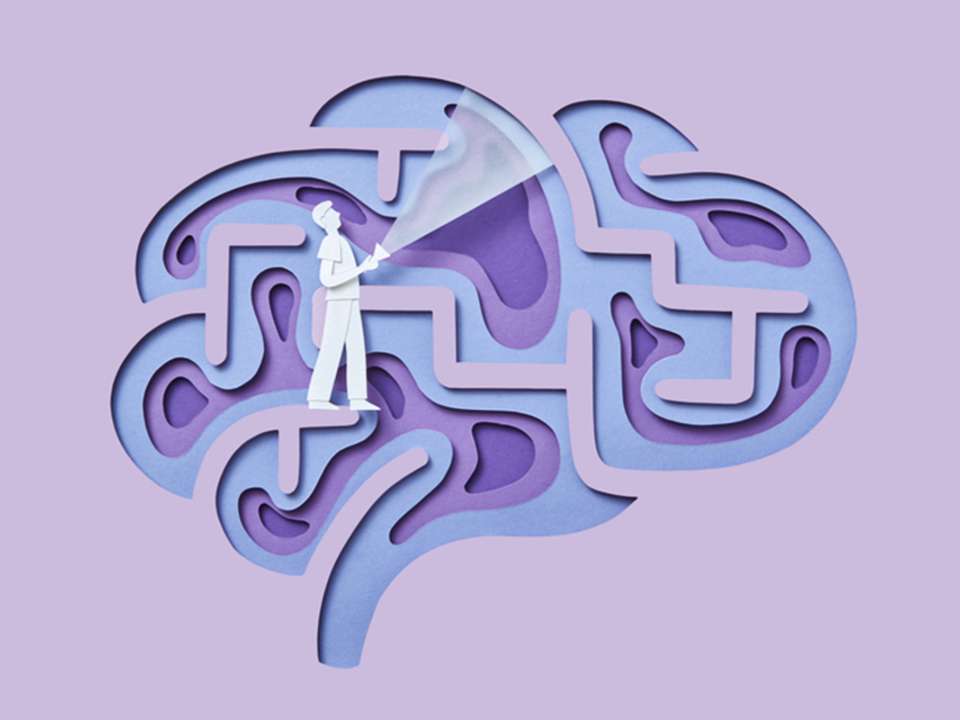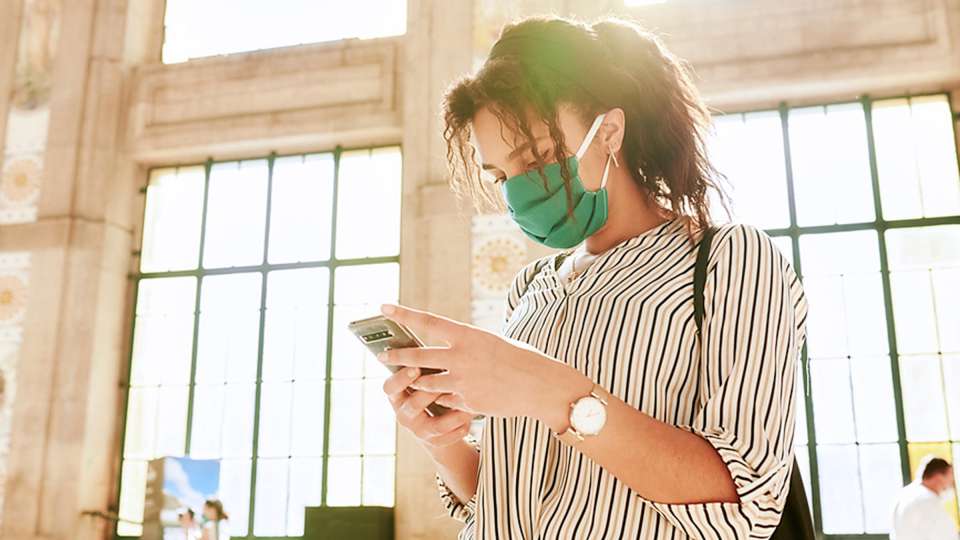
As Washington opens up, you may be feeling excited about going back to some of your normal activities. But you may also have some questions.
For example, how safe is it to go to a restaurant, meet up with friends or go to a dentist appointment?
In general, limited contact with a few people for a short amount of time is still safer than being in close quarters with a large group for a longer period of time.
“Our biggest risks are in large indoor gatherings: in a closed space concert hall, in places where people are singing or speaking loudly close together, in a facility where people are gathering unmasked,” says Dr. Victoria Fang, an internal medicine specialist and medical director of Primary Care and Population Health at UW.
Here are her answers to some safety questions you may have about reentering society.
Should I wear a mask during outdoor recreation?
“If you’re staying 6 feet away from other people in an outdoor setting, you should be fine without a mask,” says Fang.
One primary reason this is safer is the great air circulation. If someone is sick and does produce aerosols by coughing or sneezing, even a small breeze will whisk those aerosols away quickly, Fang says.
However, you should still bring a mask with you to put on if you have to get closer to people, like if you’re hiking and pass someone on the trail.
Should you wear a mask in stores and businesses?
Yes. It’s polite and also required now. Wear a mask in indoor settings as well as outdoor settings where you can’t maintain 6 feet of distancing from others at all times.
Obviously there are some situations — like eating at a restaurant — where this won’t be possible.
However, wearing a mask whenever possible is important because it helps protect others, particularly people who can’t wear a mask for medical reasons.
Cloth masks are great and still effective — just make sure you wash them regularly. If you can, it’s best to save medical-grade masks for care providers.
And, yes, you should wear one even if you don’t have any COVID-19 symptoms. Many people who get sick can spread the virus even if they don’t have symptoms.
“We know viral shedding begins about 2 ½ days before symptoms start and peak shedding occurs about half a day before symptoms start,” Fang says.
Is it safe to eat at a restaurant?
How risky it is to grab dinner at your favorite spot down the street depends on several different factors.
First, if there’s an option to eat outside, take it. If there isn’t, make sure the restaurant has tables spaced to maintain physical distancing between patrons and staff.
Other things to look for, according to Fang, are that staff are wearing masks, that the restaurant has installed some kind of shield or clear barrier to protect staff at the cash registers, and that there is social distancing signage in place.
If none of these things are in place, it might be a better idea to stick with takeout for now, at least from that particular restaurant.
How risky is it to use a public toilet?
Speaking of restaurants, if you’re going out to eat again there will likely be a moment when you need to take care of business — but using a public bathroom may not seem like a good idea.
There’s been a theory going around that a flushing toilet could cause aerosols, but there are no studies to show that poses a significant risk, Fang says.
And while it’s true that a bathroom is a small, enclosed space, Fang doesn’t want people to be afraid to use one if they need to.
“We haven’t heard of any cases of COVID-19 that have been linked to public facilities,” she says.
If you have to use a public restroom, make sure you wash your hands with soap and water for at least 20 seconds when you’re done. And maybe use a paper towel to open the door on your way out.
Can I get my hair or nails done?
Again, part of the risk comes down to whether or not masks can be worn. For something like a manicure or pedicure, both you and the nail artist can be wearing a mask and helping keep each other safe.
If you’re waiting for your appointment, it’s also important to keep at least 6 feet away from other customers.
Ultimately, however, while these activities aren’t zero risk, Fang believes the risk is relatively low as long as there is at least 6 feet of spacing between customers and masking and proper cleaning are being done.
Can I start seeing friends again?
The short answer is yes, you can. The longer answer is you might want to take it slow at first.
Instead of rushing out to meet up with each and every friend you’ve missed spending time with, start by expanding your social circle gradually.
Fang describes it as merging your social bubble with someone else’s. Your social bubble is you and anyone who lives in your household — essentially, the people you’ve been spending quarantine with. If you then agree to only hang out with, say, your best friend and her wife, then you’re expanding your social bubble to include them — but only them. In turn, they agree to only expand their social bubble to include you.
This way, you keep the amount of exposure you have under control so if anyone does happen to get sick, the virus can’t spread to a larger group of people.
Is it safe to go to the doctor or dentist?
As long as your dentist is taking precautions — such as doing extra cleaning and making sure all staff wear masks — the risk is relatively low, Fang says.
The same goes for your doctor’s office.
Hospitals and medical clinics are taking a lot of precautions to make sure all patients are safe. At UW Medicine clinics, for example, Fang says all staff must attest that they have no symptoms each day they come in, plus all patients who come in will be screened for possible illness. All staff wear masks throughout their work day. And doctors and nurses also have access to more personal protective equipment than they would typically wear during an appointment.
In fact, Fang wants people to understand that not going to the doctor when you really need to is riskier than any potential exposure to the virus.
“We’re worried people are sitting at home with warning signs of a heart attack or worsening diabetes and not coming in to be evaluated,” she explains.
While many people with health concerns that do not require a physical examination can use telehealth services, that just isn’t possible for everyone, so if you need to go to the doctor, you should.
The bottom line
Given that there’s still some uncertainty around how opening up again will go and how safe certain activities are, all you can do is your best.
“Since it’s a new disease, our understanding of it is evolving. What’s safe to do is changing over time as we learn more about how the disease spreads and behaves,” Fang says.
Keep an eye on what public health officials recommend in terms of best practices for going back out into the world. And always keep your personal risk and comfort level in mind.
The uncertainty can be anxiety provoking, but the comforting thing is we’re all in it together.
The info in this article is accurate as of the publishing date. While Right as Rain strives to keep our stories as current as possible, the COVID-19 pandemic continues to evolve. It’s possible some things have changed since publication. We encourage you to stay informed by checking out your local health department resources, like Public Health Seattle King County or Washington State Department of Health.

 Healthy ideas for your inbox
Healthy ideas for your inbox
